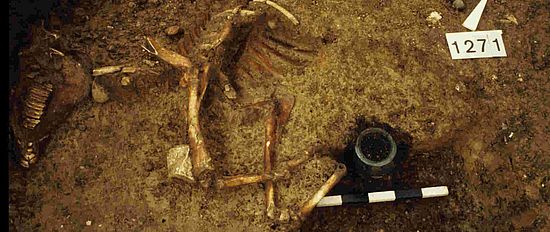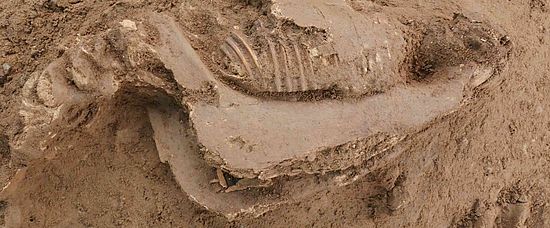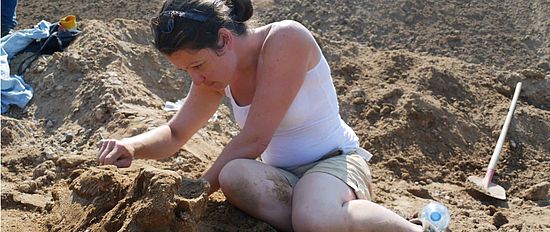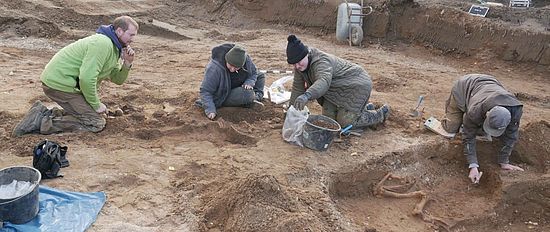Material
In order to compare and to evaluate the results, the special methodical approaches will be done on animal skeletons from two important regions of the Northwestern-Provinces. We have chosen these regions because of their environmental and geopolitical similarities (Rhine frontier), although there are some historical and cultural differences.
Augusta Raurica (Germania superior)
Today’s Augst/BL and Kaiseraugst/AG (CH)
Animal bones from Augusta Raurica present the best conditions for studying animal lives in the past. On the one hand, several intentional depositions of dogs and horses in urban as well as funeral contexts have been uncovered in the area of the Roman city. On the other hand, numerous carcasses of different animal species (dogs, horses, bears, cats, sheep and pigs) appeared in three contemporary wells of the Roman city from the middle of the 3rd century, which suggest an exceptional chapter in the history of the city.
Colonia Claudia Ara Agrippinensium and surrounding (Germania inferior)
Today’s Cologne (DE)
In order to better classify the results obtained from the dog and equid skeletal material of Augusta Raurica and for evaluating the validity of those results, the same analyses will be done on dog and equid skeletons from the region of the Colonia Claudia Ara Agrippinensium (CCAA).
Another interesting site in the region of Cologne that possesses a great deal of potential from an archaeological as well as archaeozoological point of view is Krefeld-Gellep. In 69 AD, a battle between Romans and the rebellious equestrian units of the Batavian tribe took place here.
Until present, more than two hundred horse skeletons from Gelduba (today Krefeld-Gellep) have been recovered. But the horses from Gelduba still represent a gap in archaeological research in Krefeld-Gellep and their analysis will make an important contribution to battlefield archaeology.
Quick Links






